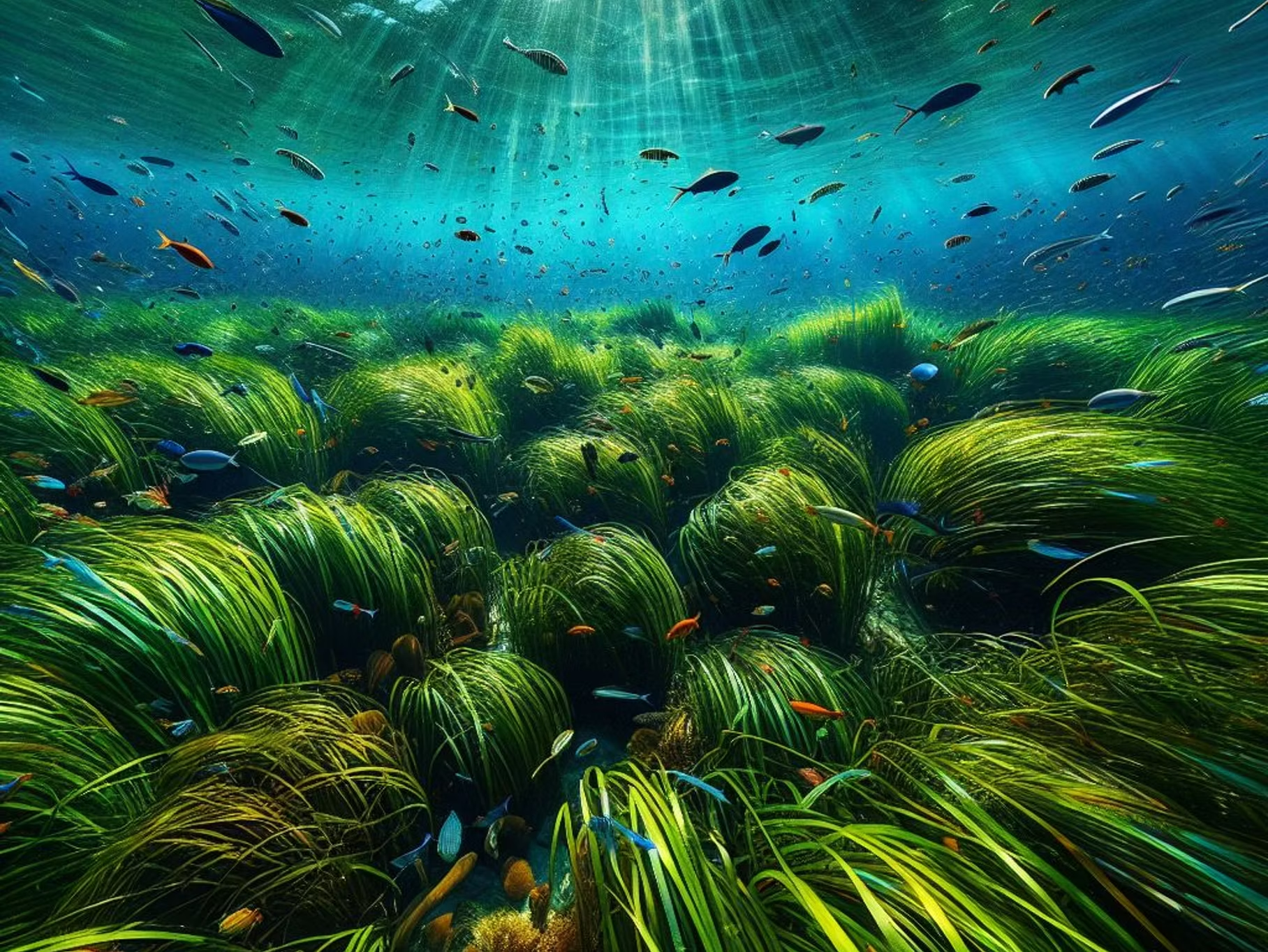Seagrass meadows are among Earth’s most valuable yet threatened ecosystems, playing crucial roles in marine biodiversity, coastal protection, and climate regulation.
Ecosystem Importance
- Biodiversity Hotspots: Support 1000+ fish species and endangered marine life
- Coastal Protection: Reduce wave energy by up to 50% and prevent erosion
- Carbon Sequestration: Store carbon 35x faster than tropical rainforests
Environmental Services
Water Quality Improvement
- Filter pollutants and excess nutrients from runoff
- Stabilize sediments and improve water clarity
- Cycle nutrients through marine ecosystems
Climate Regulation
- Seagrasses account for 10% of ocean carbon burial despite covering <0.2% of seafloor
- Help mitigate ocean acidification through carbon absorption
- Provide resilience against climate impacts
Threats and Conservation
Major challenges facing seagrass meadows:
- Coastal development and dredging activities
- Pollution from agricultural and urban runoff
- Climate change and rising sea temperatures
Protection Strategies
- Establishing marine protected areas (MPAs)
- Implementing sustainable fishing practices
- Developing innovative restoration techniques
- Community engagement and education programs
Individual Actions
How everyone can contribute to seagrass conservation:
- Reduce fertilizer and pesticide use in coastal areas
- Support organizations working on seagrass conservation
- Participate in local beach cleanups and monitoring programs
- Choose sustainable seafood options
Protecting seagrass meadows is essential for maintaining healthy oceans and combating climate change. Through collective action and increased awareness, we can preserve these vital ecosystems for future generations.

